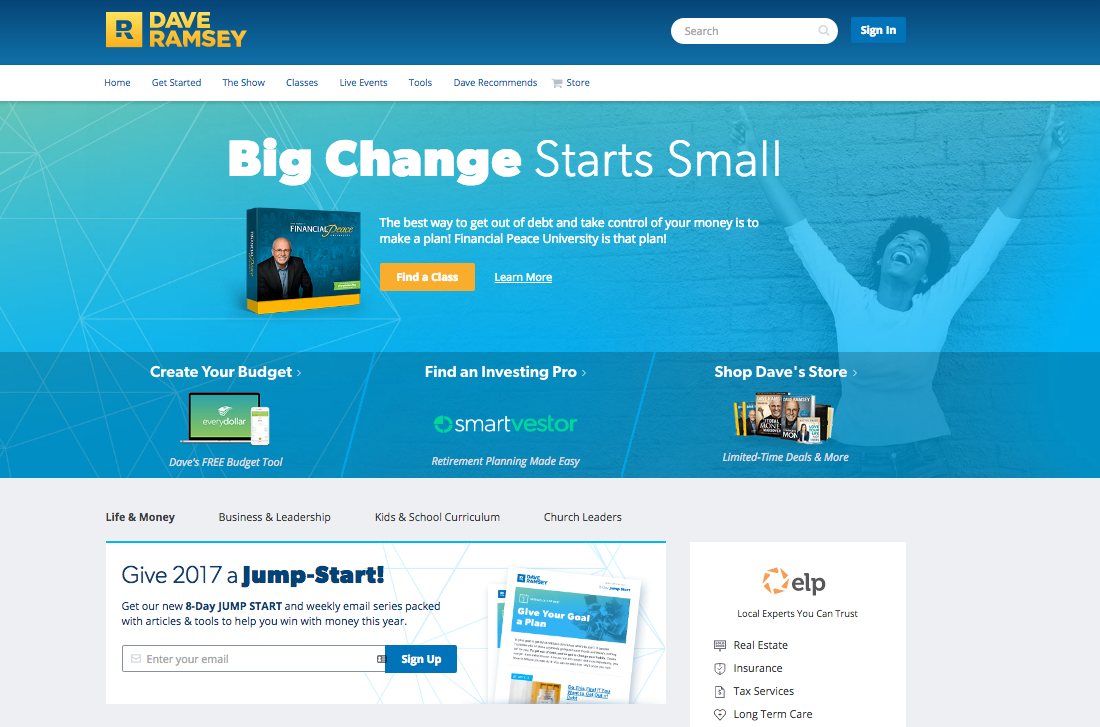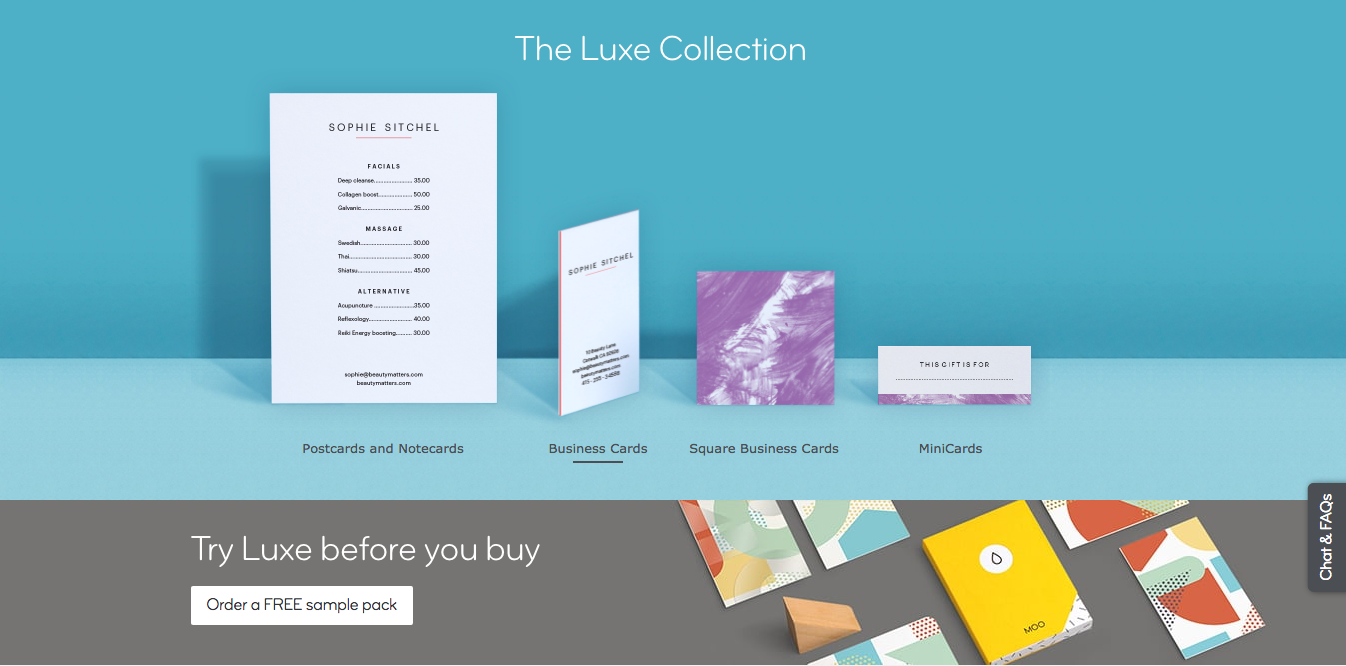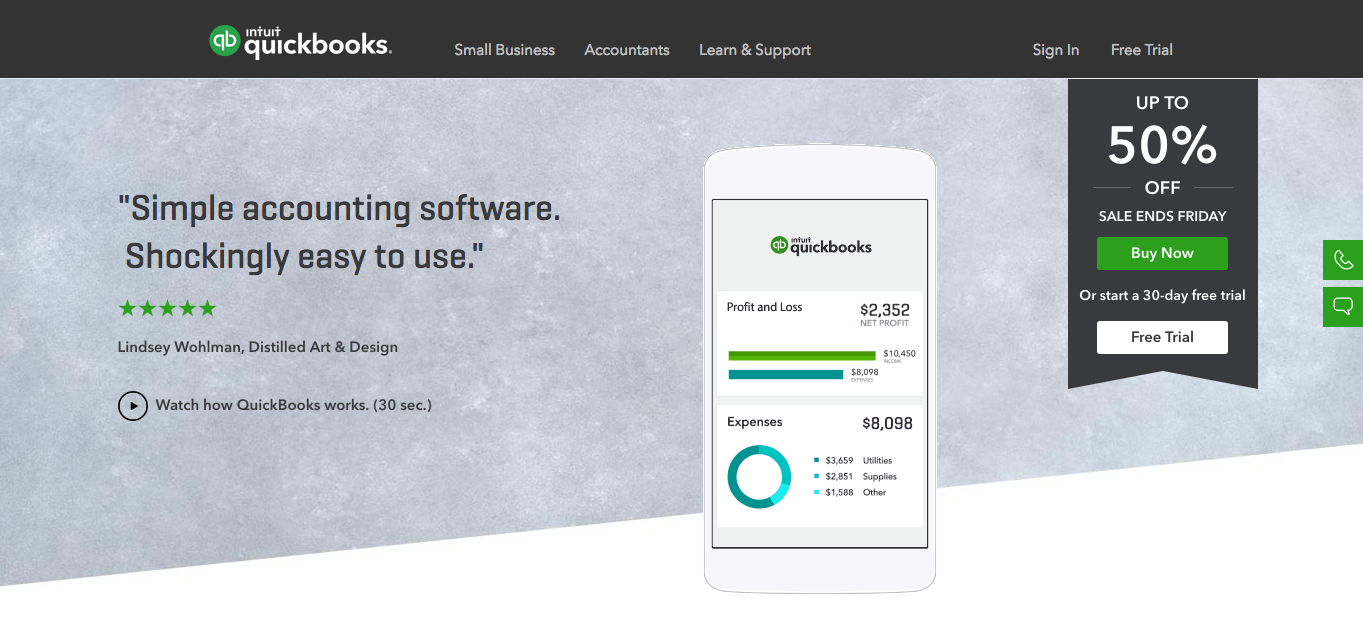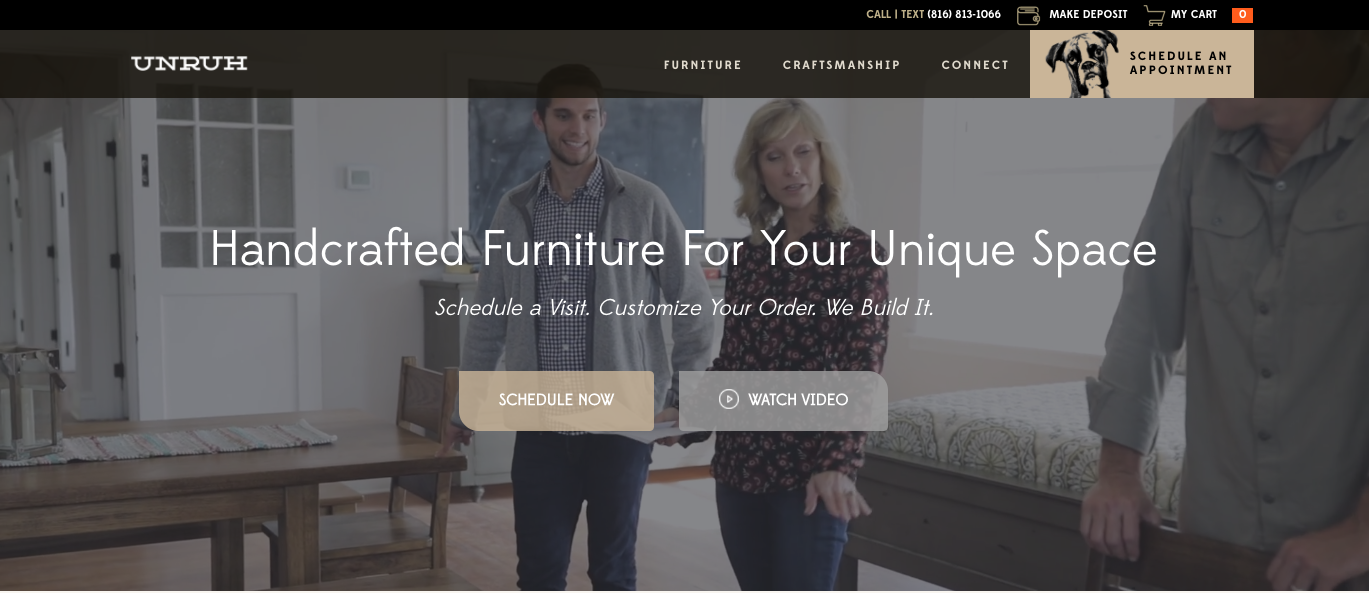One of the most common words of advice we share with StoryBrand Live Workshop clients is to add a direct call to action to their website.
This is a simple, obvious invitation for our prospects to do business with us. It seems simplistic, but it’s shocking how hard it can be sometimes to find the “BUY NOW” button on a website.
We want to give customers a very clear path toward making a purchase so we can help them solve their problem — whether that’s to buy, register, signup, schedule an appointment, order, or call.
As important as a direct call to action is, you’ll miss out on business if this is the only path you point customers toward.
That’s where transitional calls to action come in.
A transitional call to action comes after the direct call to action and offers people a less “risky” path to doing business with you. It gives you the opportunity to deepen the relationship first.
Here are a few ideas and examples of transitional calls to action that can dramatically shape your business:
1. Give away free information
Create a video series or free PDF educating customers about some topic in your industry. This will increase your authority in your field and build trust. Create and encourage your prospects to sign up for how-to videos, podcasts, and free webinars.
Here’s a great example from my friend Dave Ramsey.
You’ll see the direct call to action to find a class, plus a few featured products. But it’s not too long before you see the transitional call to action to get Dave’s free 2017 Jump Start Guide to help start the new year with good financial habits. This allows Dave to deliver instant value to his new fans and start creating more authority and trust in their relationship.
2. Send samples
If you have a product that you can give away samples of, do it. Letting customers taste your seasoning, sample your music, or read the opening chapter of your book are great, low-risk ways to encourage them to take action even if they’re not ready to purchase.
Take business card design and print shop Moo, for example.
This works well here because business cards are a tactile product. So Moo makes it easy to request a sample of all their styles of business cards in the mail. Seeing and holding an example reduces the uncertainty of the purchase and can inspire customers to order their own.
3. Offer a free trial
Offering a free trial or test drive works to help potential customers try your product without any risk. They may find after a few days that they can’t live without it and be more than ready to purchase ongoing access.
Here’s an example from the cloud-based accounting company Quickbooks.
The primary call to action is to “Buy Now,” but if you’re not ready to make the commitment, the free trial offers a transitional call to action. This way, Quickbooks can still capture an email address and continue the relationship (and be more likely to make the sale).
4. Watch a video
Prospective customers only spend a few seconds on your site. When you create a stunning, effective video that shows customers how you help them win, you can quickly deepen that initial interest. Just be sure the video drives them to another, more direct call to action.
One of the best examples of this is from the custom furniture shop Unruh Furniture (whom you may remember from this podcast episode).
They want people to schedule an appointment to come to their showroom. That’s the primary call to action. But their video helps you understand why you should make the appointment in the first place. You see gorgeous visuals of their space, craftspeople at work, and b-roll of customers customizing and receiving their furniture. It removes all the uncertainty from the process.
Why use transitional calls to action?
When done well, a transitional call to action can do three powerful things for your brand.
• Stake claim to your territory. If you want to be known as the authority on a particular subject or value proposition, create content that cements your position and offer it as a free download.
• Create reciprocity. The more generous a brand is, the more reciprocity they create. All relationships are give and take, including the relationship you have with your customers. The more we give to our customers, the more likely they are to give back in the future.
• Deepen a relationship. Building trust can take time. A transitional call to action allows you to provide an action for a customer who’s interested but not quite ready to buy. They may need just a 30-second video in order to take the next step or they may need 30 emails over a year. But in either case, your transitional call to action develops the relationship until the time is right for a purchase.
—
You always want to make it clear to your customers what direct action they should take to do business with you. And as you consider your transitional calls to action, make sure the placement and design don’t compete with the primary path you want customers to follow.
But don’t skip them altogether. Without a transitional call to action, first-time visitors to your site who aren’t quite ready to buy may just leave and forget about you. By providing a “baby step” for your prospects, you can develop those relationships, grow your authority, and turn those prospects into customers quickly.
This article first appeared in www.buildingastorybrand.com
Seeking to build and grow your brand using the force of consumer insight, strategic foresight, creative disruption and technology prowess? Talk to us at +9714 3867728 or mail: info@groupisd.com or visit www.groupisd.com








